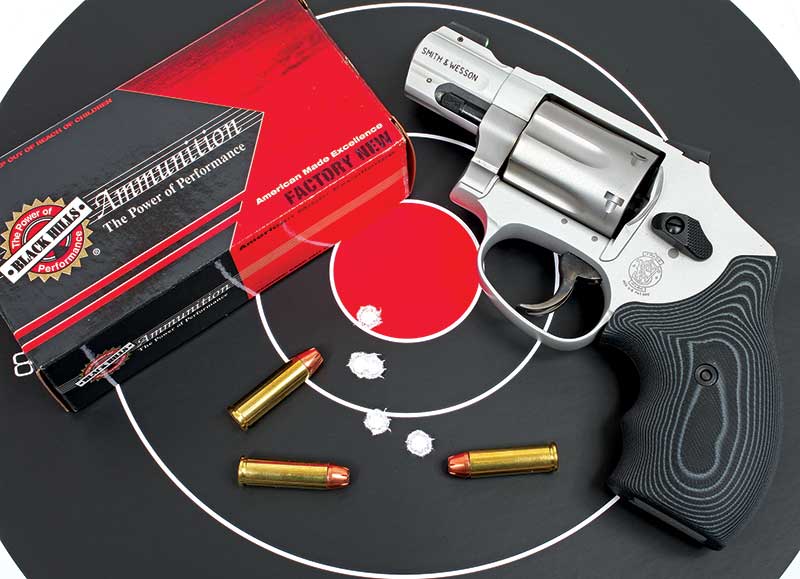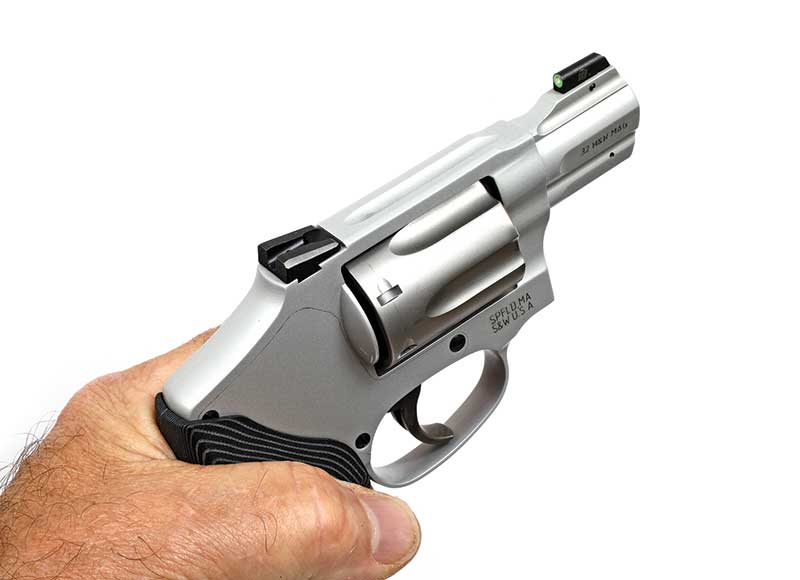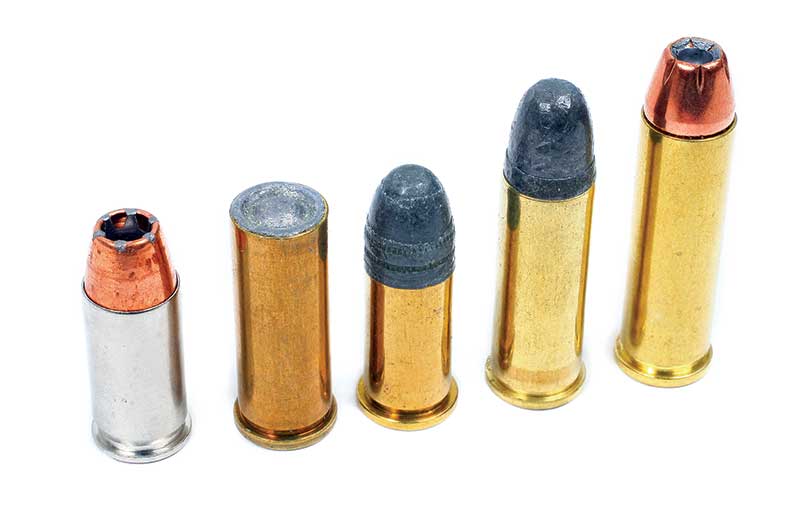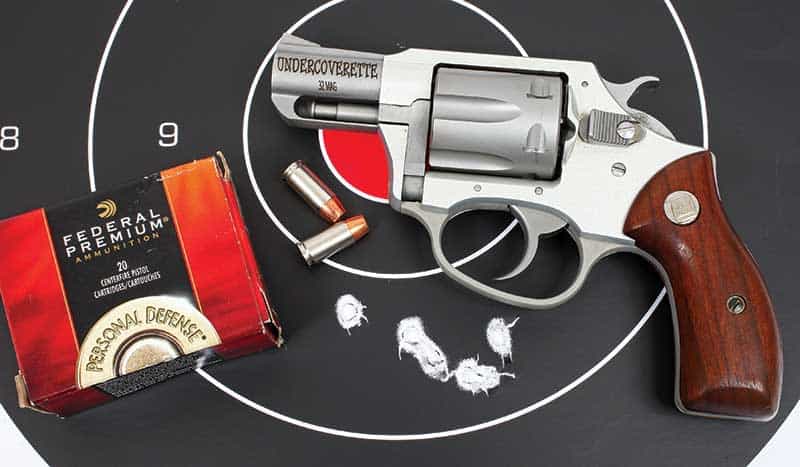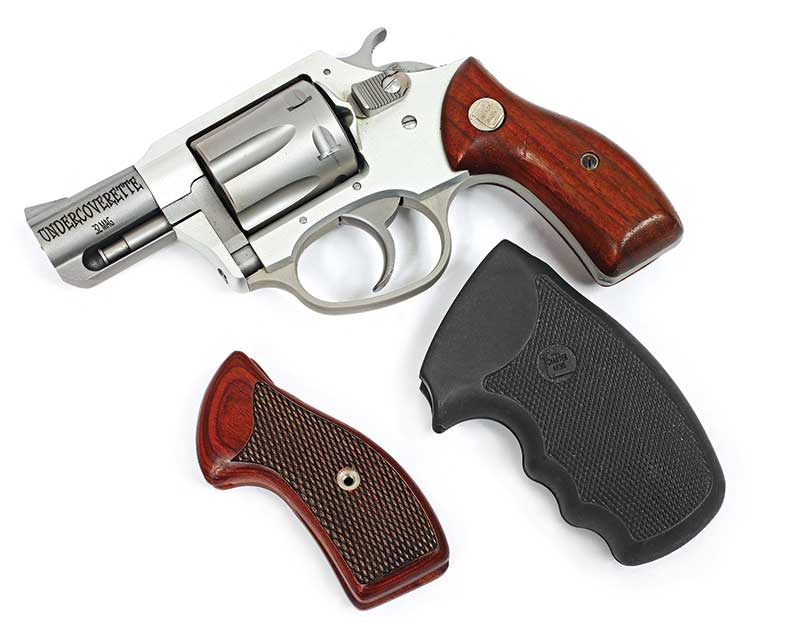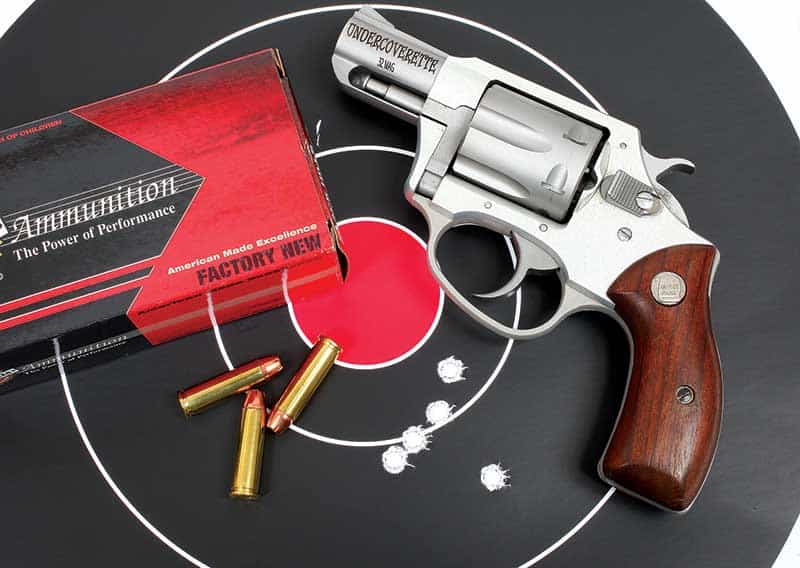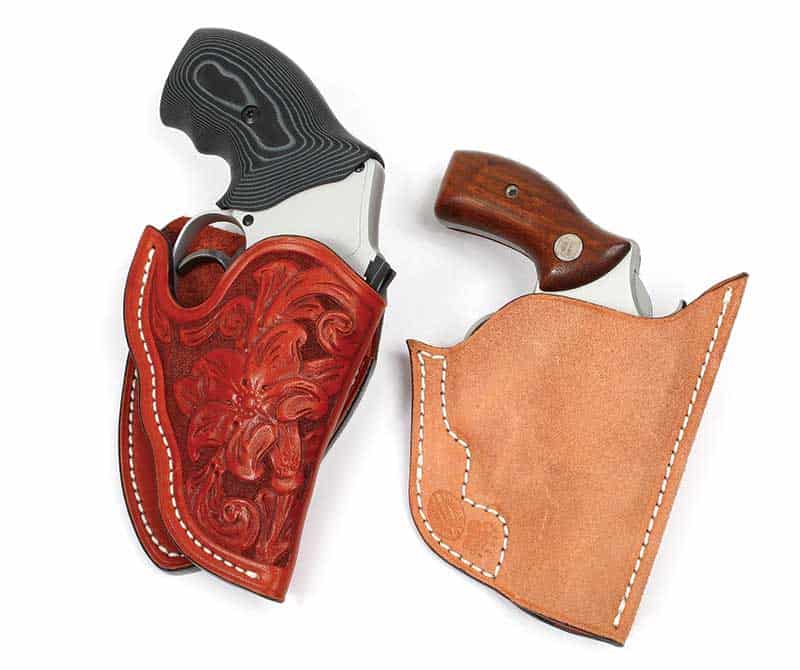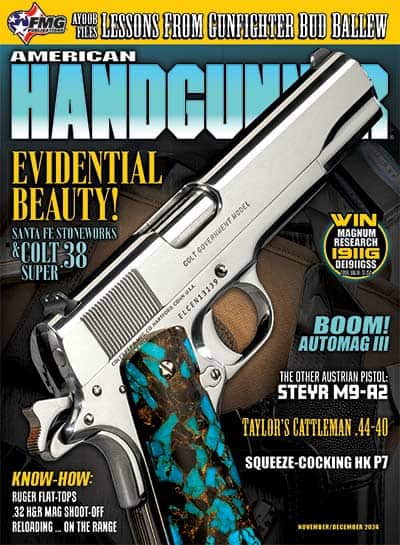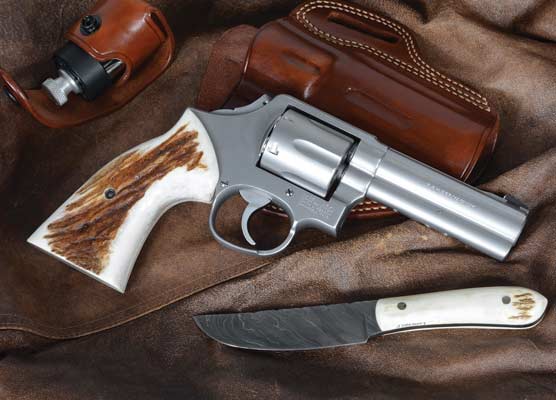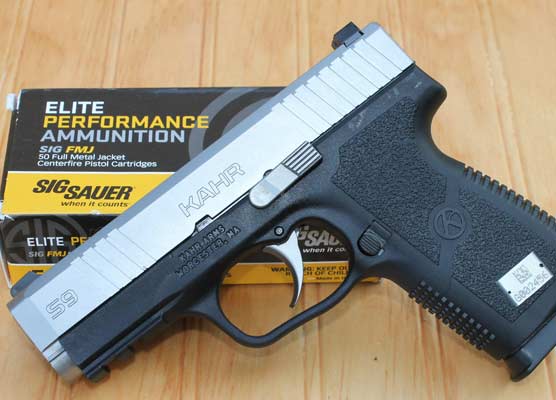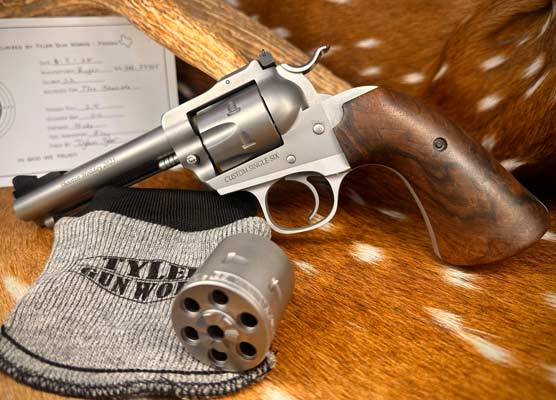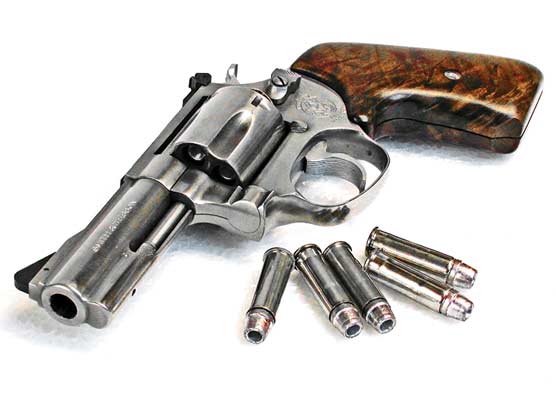.32 H&R Magnum Revolver Test
Smith & Wesson vs. Charter Arms
I’m glad to see the .32 H&R Magnum has been developing a significant following these days after languishing in the shadow of the .327 Federal for decades. I think, like the .357 fired in a small-frame revolver, even the .327 Federal can be a handful. From what I can see, people buy a J-Frame in .327, shoot it a few times, then promptly put it away or load it with .32 H&R magnums.
The .327 hovers in the 45,000 PSI range, whereas the .32 Mag. is a more manageable 21,000 PSI. When a .327 goes off, all that fire, brimstone and recoil energy has to go someplace. Have you ever fired a .357 in a small, lightweight revolver? Yikes. Yet, ballistic gel testing shows both the .32 Mag. and the .38 can deliver deep penetration and do it with much less fuss. What’s not to like?
Lipsey’s (a distributor in the industry) and S&W recently showed their savvy market knowledge with the introduction of their “Ultimate Carry J-Frame” in .38 Special and — wait for it — .32 H&R Magnum. To sweeten the deal, not only is the .32 Mag. controllable, accurate and easy to shoot, it manages to cram an “extra” round into that cylinder, allowing a tiny J-Frame to carry six .32s rather than five .38s. So we have similar performance between the two cartridges and identical guns, both loaded with features. So why not choose the extra capacity and lower recoil of the .32? Indeed, why not?
Ultimate Options
After an exhaustive consulting process with a list of people who know revolvers — and small-frame guns in particular — Lipsey’s introduced a gun with a long list of engineering features. Among the upgrades are better XS sights, “High Horn” VZ grips, better action parts, an enclosed ejector rod, chamfered charge holes, “no lock” airweight aluminum frame and other touches. It’s essentially a custom J-Frame but offered as a “factory” gun due to this collaboration between Lipsey’s and S&W. I’ve had the .32 version now for some time, and after about 300 rounds through it, I have an opinion or three.
The gun is accurate, has been 100% reliable, is very comfortable to shoot with the Black Hills .32 H&R Magnum ammo I’ve been using, has a very manageable light recoil, and everything is as you’d wish for in a $750 gun like this. I’d consider it a “turn-key” carry gun for me. I think this model should appeal to recoil shy or smaller-statured shooters, many women and even macho fellows who understand having an “extra” round makes sense. Go ahead, admit it.
Charter Arms
To balance things, I got a Charter Arms “Undercoverette” in .32 Magnum. At $410 it’s a bit more than half as much as the S&W and shows it with some tool marks and a slightly gritty action. But you get what you pay for, and I was curious to see just how different the two guns were. At a tad more than 13 oz., the Charter is a feather weight to the S&W’s 16.8 oz. on my postal scale. The DA action on the Charter is “roughish,” but I also noticed it smoothed out quite a bit after 200 or so rounds and some judicious dry-firing. I took off the rubber grips that came on the Charter and substituted some slimmed-down stock wood grips I had. The light recoil allows that slim grip and the package contributes to easy pocket carry. I’ve tried similar grips on lightweight .38s and the web of your hand does get bitten. So the advantage goes to the .32 Mag there.
Shooting
I targeted the Black Hills ammo and a few rounds of Federal .32 ACP just for fun. Many .32/.327 guns will shoot the .32 ACP fine because the .32 case has a slight rim. In our case, the S&W wouldn’t fire the .32 ACP (light primer strikes), but the Charter shot them fine. I measured and the Charter firing pin did extend about 0.015″ farther than the S&W’s.
Firing off-hand at 15 yards and shooting carefully in DA mode, the guns grouped satisfyingly well. The Charter shot about 2″ low and an inch right, with groups hovering in the 1.5″ to 1.75″ range. It’s not uncommon for the fixed sights of small-frame revolvers not to align with the point of aim so you really do need to check that carefully. For defensive shooting at toe-to-toe distances, this doesn’t matter at all, though.
The S&W delivered essentially identical groups but was well-centered and just a bit low. I suspect changing loads for either gun could get them zeroed more precisely if you needed that. Just for fun, I targeted the Charter with the Federal .32 ACP and although it shot about 3″ low, the group was just fine at about 1.75″ or so.
Velocities averaged in the 940 fps range for both guns, with the Black Hills 85-grain JHP; 640 fps with the Federal .32 ACP 65-grain Hydra-Shok; 655 fps with new Remington 98-grain .32 S&W Long loads; an old box of Remington .32 S&W delivered a surprising 638 fps (unknown bullet weight), and an old box of “Geco” 100-grain full target wadcutter .32 S&W Long trundled along at 525 fps. The moral here is there are a lot of .32 caliber loads you can shoot in these guns and that’s both practical — and fun. I’m thinking loading a full wadcutter at about 900 fps would be pretty darn good.
So?
Well, they’re both solid little guns. The S&W is loaded with features and shows excellent build quality. You couldn’t go wrong. The Charter is a good value, but you do compromise on some of the details. The sights on the S&W are clearly much better with that Big Dot Tritium up front, but the irons on the Charter are adequate for the job.
I’m going to keep the Charter though. I intend to do an action job, bob the hammer, melt the edges some, cut a new muzzle chamfer and forcing cone and install a dovetail front sight and zero it. I mean … why not? I’ll report back on that soon.
For more info: Lipseys.com; Smith-Wesson.com; CharterFirearms.com; Black-Hills.com; BarrantiLeather.com

